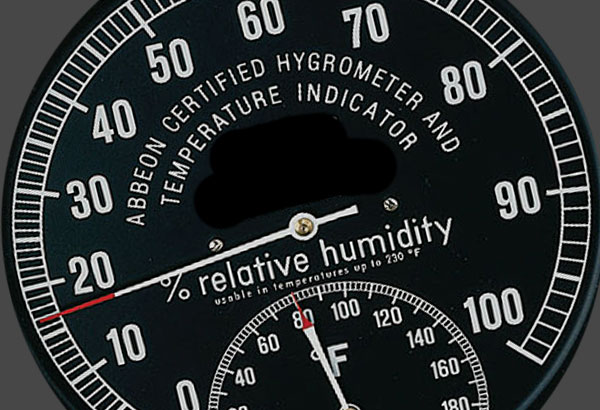F1308
Major Contributor
- Joined
- May 24, 2020
- Messages
- 1,058
- Likes
- 910
And most of us don't take into account the length of the room. If talking 15 m2, and guessing 3x5 then lowest bass attainable at 21Celsius is 34.38 Hz. 27 Celsius means 34.73 Hz.Then you are doing it completely wrong. Larger/expensiver doesn't translate to *better*. Large speakers do not have better sound quality relative to smaller speakers, in fact larger speakers have more reasons to have directivity problems than relatively smaller speakers.
Both Genelec 8361 and S360 are not full range speakers. 8361 extends flat down to 36hz, its port tuning is 40hz. 18-36hz is equal to one octave. Ultimately you'll need a subwoofer with both. And they are designed to be used with a subwoofer as well. Genelec S360 is designed to be paired with 7382 subwoofer which is a gigantic subwoofer and it is a complete overkill for a 15 sqm2 room. Genelec 8361 is designed to be used with W371.
Considering all these, the best speakers you can have in your room are: D&D 8C, Kii Three or Genelec 8341 + W371 combo. I think Genelec 8341 + W371 is better than both of other speakers I mentioned.
Yes, considering not the whole but just half of the length of the largest wave as valid, and regardless of the astounding equipment to be used, the bass is nevertheless restricted to 340.294*(((T+273.15)/288.15)^0.5)/2/L, being T temperature in Celsius and L the length in meters of the room the loudspeakers are pointed to, isn't it ?
Also, temperature is a factor.
The minimum detected variation in pitch is 5 cents, known as Just Noticeable Difference in Pitch.
A semitone, equal temperament, has 100 cents.
Set A4, MIDI #69, to 440 Hz and the lowest key (A0, MIDI #21) is 27.5 Hz, 88-key keyboard piano.
At this frequency a 5 cents change means
5/1200*log(X/27.5) going down, X being 27.42069 and 5/1200*log(27.5/X) going up, X being 27.57954. A mean change of say 0.08 will do.
Yes, we will detect 8/100 of an Hertz !!!!
If the length of the room is 6.2 meters to grant 27.5 Hz, any 2 degrees of temperature variation ( 15-17-19-21-23-25-27 ) will affect the lower bass in a range human beings will detect it, 0.5656 Hz in pitch change from 15 C to 27 C.
Same computing for bass at 16 Hz, but calling for a room offering 11 meters, equates 5 cents to a mere 5/100 Hertz, the temperature change remaining at 2 C to detect the changes, 0.3188 Hz variation in pitch this time, also going 15 C to 27 C.
At last, peace of mind, I understand why my equipment was offering "more body" in winter at 15 C than in summer, at 27 C.
Then comes relative humidity...

